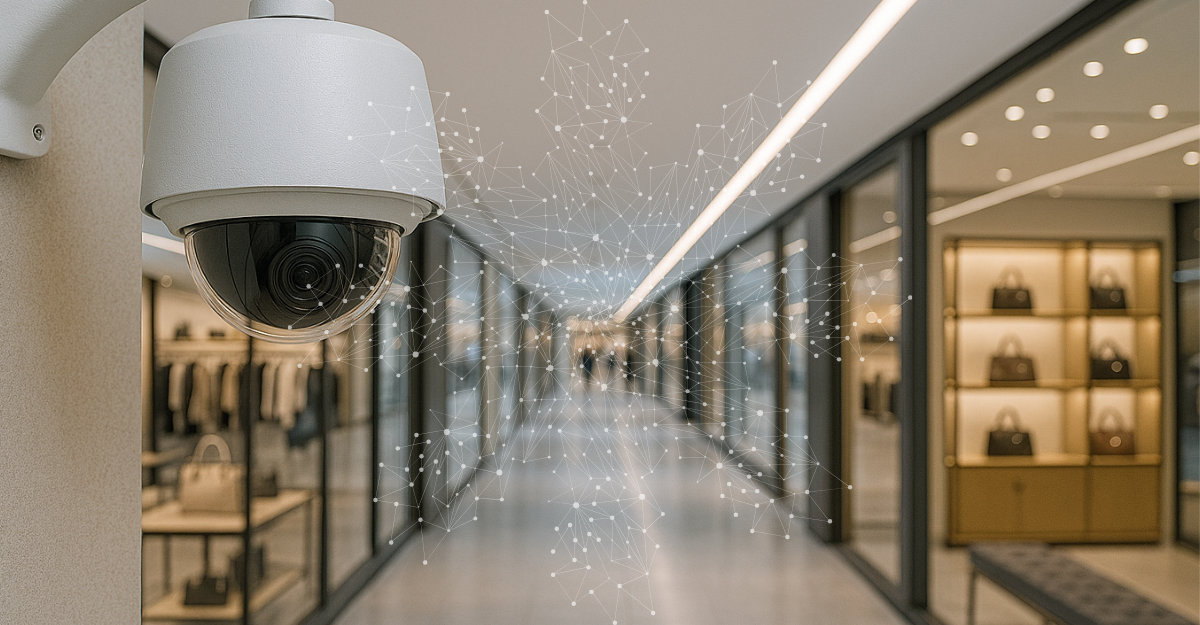Exploring how AI actually works behind the scenes to power smarter security.
AI is changing the game in security, but one question we often hear is:
Where does the AI actually live? Is it inside the camera, or is it all happening behind the scenes?
The answer: It can be both.
Let’s break it down.
1. AI at the Edge (in the Camera)
Today’s smart security cameras often come equipped with built-in AI capabilities. These cameras can detect motion, recognize license plates, or flag unusual activity, all without sending data back to a server first. This is called edge AI, and it allows for faster detection with less bandwidth.
2. AI in the Command Center (Centralized Processing)
In many systems, video footage is streamed to a Security Operations Center (SOC) or cloud-based platform. That’s where advanced AI software kicks in, analyzing patterns, prioritizing alerts, and filtering out the noise. This is where deeper insights happen, like behavior analytics, incident escalation, and cross-camera detection.
3. The Hybrid Advantage
The most effective remote monitoring setups combine both. Cameras do quick, local analysis while centralized AI tools handle the bigger picture, helping security teams respond faster, smarter, and with more context.
AI doesn’t just live in one place, it works across the entire remote monitoring ecosystem. When cameras and command centers work together using AI, security becomes faster, smarter, and more effective.

